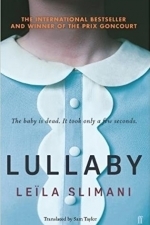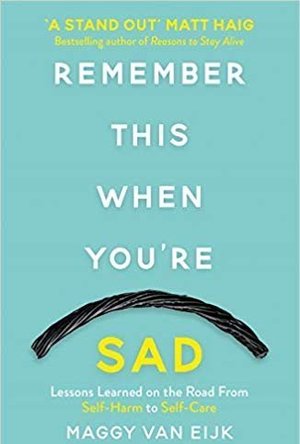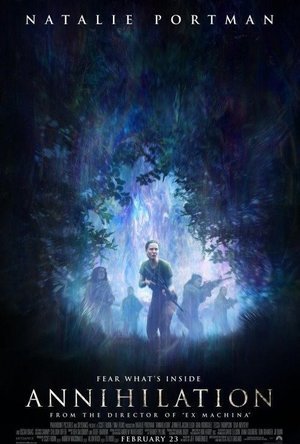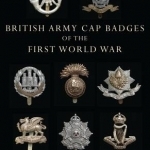
British Army Cap Badges of the First World War
Book
The fascination with the British involvement in the First World War extends to all aspects of the...
This short novel shows a middle-aged woman who is very lonely, poor and under-educated. She does the work she loves though, looking after children in their own homes. She becomes very attached to all of her charges, and it seems that they all adore her.
This isn’t a story with a nice explanation or reason for a murder. It’s a lot like real life in that way: sometimes people become overwhelmed and can’t cope. It seemed obvious to me from early in that the nanny, Louise, had mental health problems. She seemed to be given full responsibility of two small children for a large part of the day, whilst their parents worked really long hours. I think the changing opinions of the parents don’t help her: one minute she can do no wrong and is an integral part of the family, the next, she’s ‘just’ the hired help. The ending isn’t wrapped up all nicely with a resolution. There’s no happy ending for any of them. Just like real life. I wasn’t surprised to learn that this could actually be based on the true story of a nanny murdering her employers children in much the same way, which made it all the more chilling.
If you’re not ok with reading about child murders, I’d steer well clear of this book, otherwise, it’s a very compelling read.
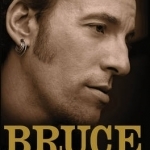
Bruce
Book
'Wonderful...Carlin's book never shies from the details of this most enduring of American heroes....
Sam (74 KP) rated Remember This When You're Sad in Books
Mar 27, 2019
Remember This When You’re Sad is part memoir, part self-help, based on the experiences of former Buzzfeed Social Media Editor and current BBC Social Media Manager Maggy Van Eijk. It focuses on her anxiety, depression, panic attacks and disassociation and how she gets through each day with them.
I really loved reading this. I never really read many self-help books before Matt Haig’s Reasons To Stay Alive, but now I really love them and enjoy that they make you feel like you’re being cuddled while reading them.
This book managed to be absolutely hilarious in places while somehow also remaining serious and to the point. It spoke about anxiety in the same way that I address mine. I wouldn’t have gotten through so much if it hadn’t have been for being able to laugh at it sometimes.
It doesn’t preach a miracle cure to mental illnesses. Instead, Maggy Van Eijk talks through different ways of getting through your worst points, from telling you the best places to have a good cry to explaining how to ‘Club Penguin’ your problems. It’s the perfect mental health book for my generation.
I loved how the book is split into lots of lists, and the chapters are split so you can easily flick to the one you need the most at the time you need it.
Maggy Van Eijk even went into the detail of discussing people’s reactions when you talk about your mental health and it made me think about something that happened when I was at college that I had forgotten about until now. I’ve always been open about my mental health, especially when it was much worse when I was in college. I spoke to a girl I knew about it and she said ‘But why are you so open about it? You don’t talk about things like that.’ People’s reactions in the book were quite similar to that.
It’s sad to see that this is a normal thing that people think, but at the same time, it’s not shocking. There is still a massive stigma around mental health conditions, which is why I love books like this that talk openly about it.
This is definitely one of my favourite mental health books. I’ve already had to buy it for a friend and I’ve got two friends waiting to borrow my copy. I’ve never read a book that has been so much like talking to a friend.

Customizing Financial Accounting in SAP
Book
Understand business processes, functions, and customizing options Find real-world, practical...
Saerie_Faerie (18 KP) rated Annihilation (2018) in Movies
Mar 3, 2018
It is based off a book series that I have not read yet but I have heard many a good thing about it that makes me want to read them. So I went in to the movie not really knowing much besides that it was very science heavy and about evolutionary things.
I loved the characters, the diversity of the characters and all that they go through, it is not a traditional thriller or horror movie that has one thing that happens to all of the characters in the movie, nor is it really predictable.
Basically, go see this movie and maybe read the books if you are a book reader. Just putting it out there that I want to be like Anya the most of the characters and also I identify with her the most, which is really cool because side characters being easy to identify with I feel like is super rare.
A Theology of Incarnation from Within Dis-Abled Minds: Our Wounds are Not for Healing
Book
Too frequently, theology has addressed issues of mental health from a largely pastoral and detached...
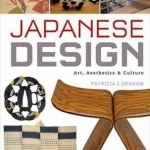
Japanese Design: Art, Aesthetics and Culture
Book
**Winner, Choice Magazine Outstanding Academic Title 2015** This Japanese design book presents the...
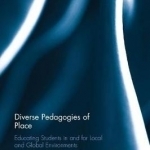
Diverse Pedagogies of Place: Educating Students in and for Local and Global Environments
Book
Diverse Pedagogies of Place presents eight original place-responsive pedagogies that address a...
